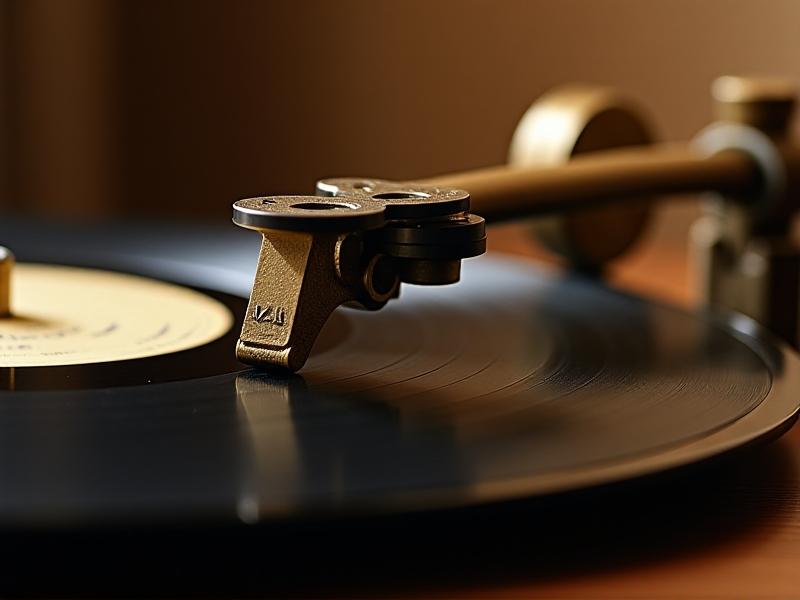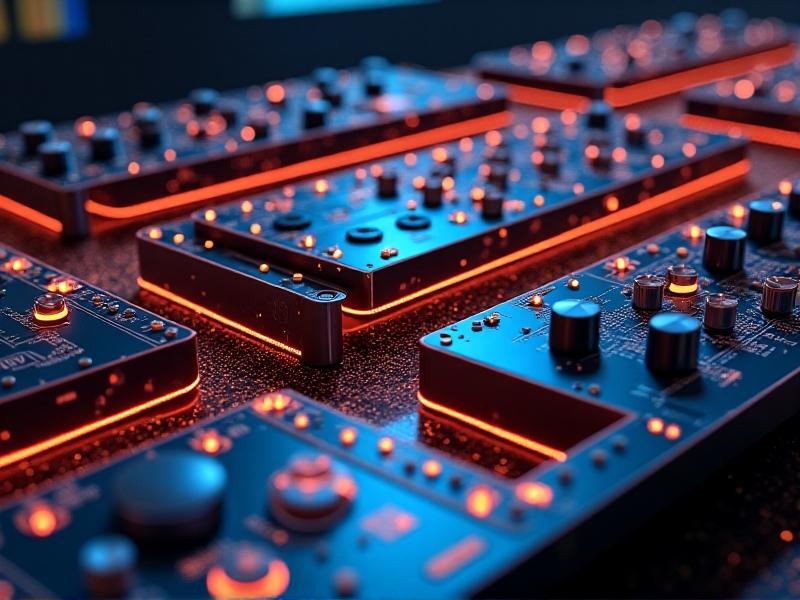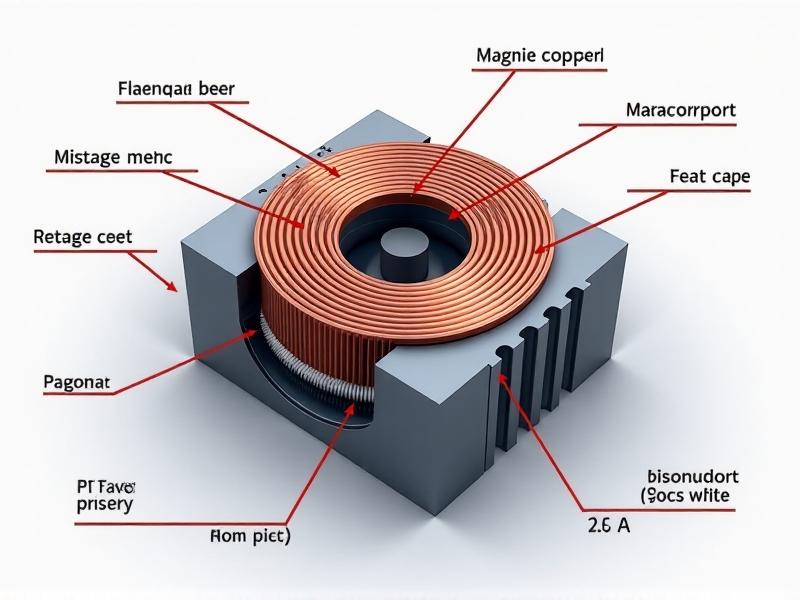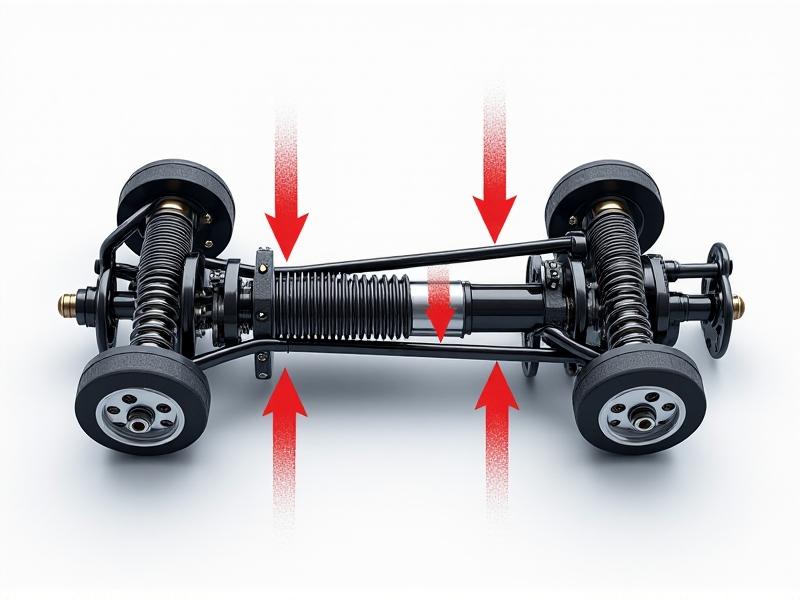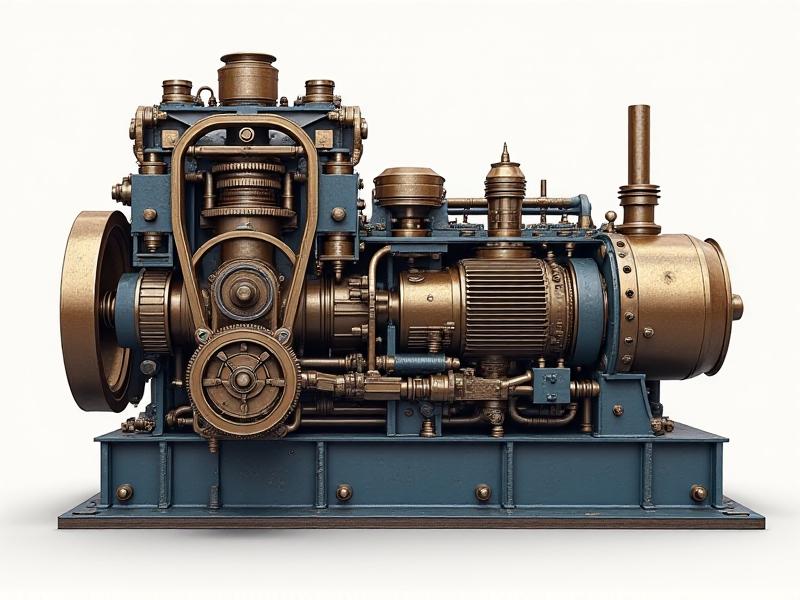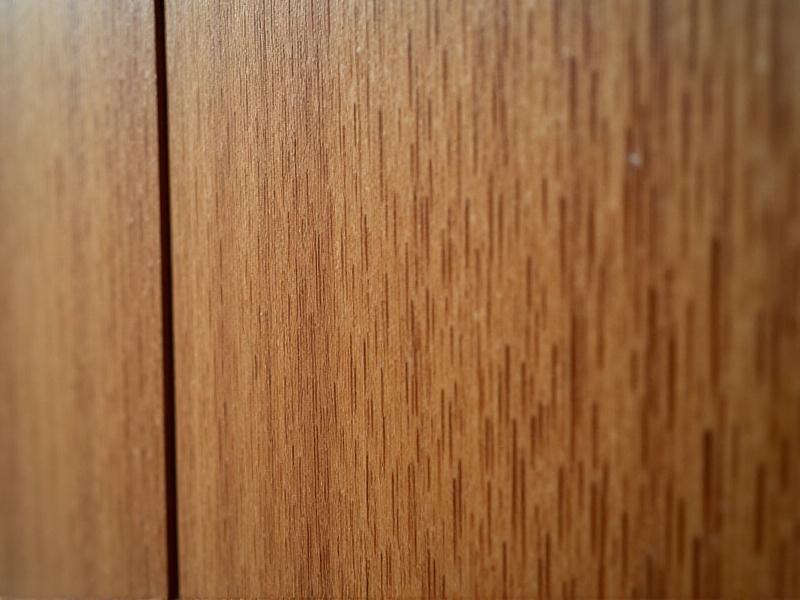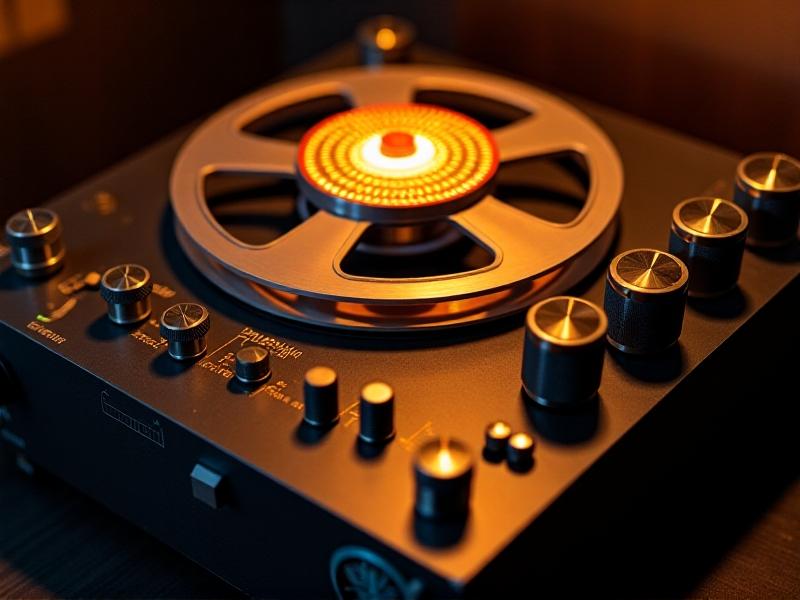Anti-Skate Calibration Techniques
The Fundamentals of Anti-Skate Mechanisms
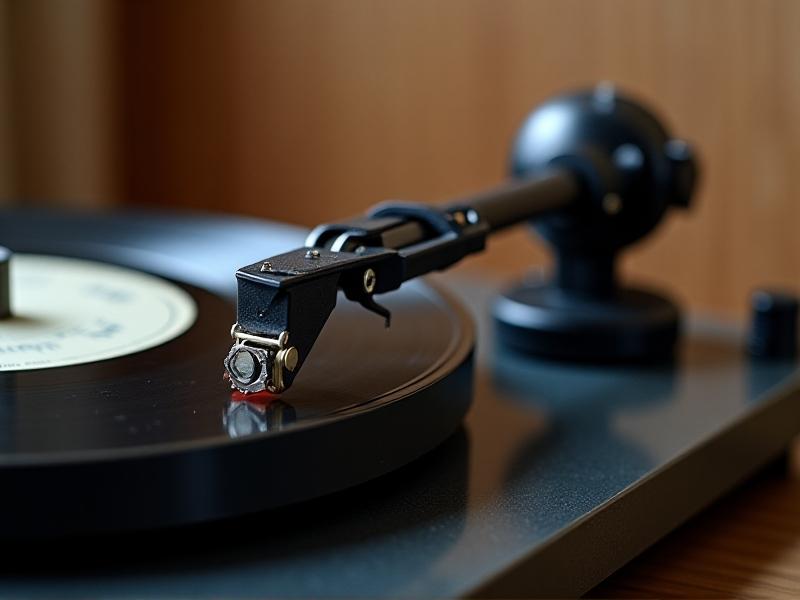
Anti-skate mechanisms are essential for maintaining the equilibrium of a turntable’s tonearm. When a stylus tracks a record groove, lateral forces pull it toward the center of the disc. Without proper compensation, this imbalance can cause uneven wear, distortion, or even damage to both the stylus and the record. Anti-skate systems apply a counterforce to stabilize the tonearm, ensuring the stylus remains centered in the groove. Understanding how this mechanism interacts with tracking force, tonearm geometry, and record dynamics is the first step toward achieving optimal playback quality.
The design of anti-skate systems varies across turntables. Some use weighted dials or springs, while others rely on magnetic resistance. Regardless of the method, the goal is to mimic the inward force exerted by the spinning record. Calibration ensures these opposing forces are balanced, but achieving this requires a mix of technical knowledge and practical experimentation. Variables like vinyl weight, stylus shape, and turntable speed further complicate the equation, making anti-skate calibration a nuanced skill for audiophiles and technicians alike.
Why Proper Anti-Skate Calibration Matters
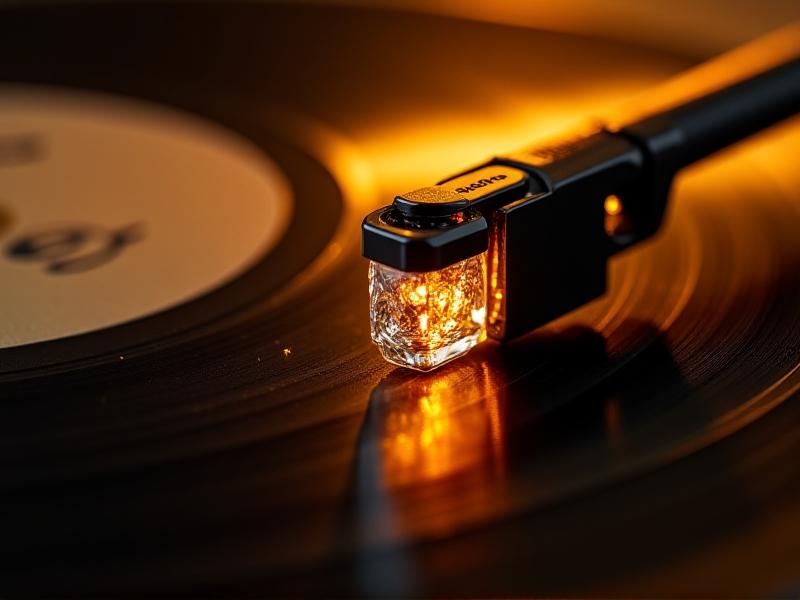
Incorrect anti-skate settings can sabotage even the most expensive turntable setups. Over-compensation drags the stylus outward, causing harsh highs and sibilance. Under-compensation allows inward drift, resulting in muffled bass and channel imbalance. Proper calibration preserves the integrity of the audio signal, ensuring both left and right channels are reproduced faithfully. It also extends the lifespan of your records and stylus by minimizing friction and wear.
Beyond sound quality, anti-skate calibration affects tracking accuracy. A misadjusted system struggles to handle dynamic passages or high-frequency content, leading to skipped grooves or distortion. For collectors of rare pressings or first editions, precise calibration isn’t just a preference—it’s a necessity. Whether you’re spinning a vintage jazz LP or a modern heavyweight pressing, the anti-skate mechanism ensures your setup performs as the mastering engineer intended.
Step-by-Step Guide to Calibrating Anti-Skate
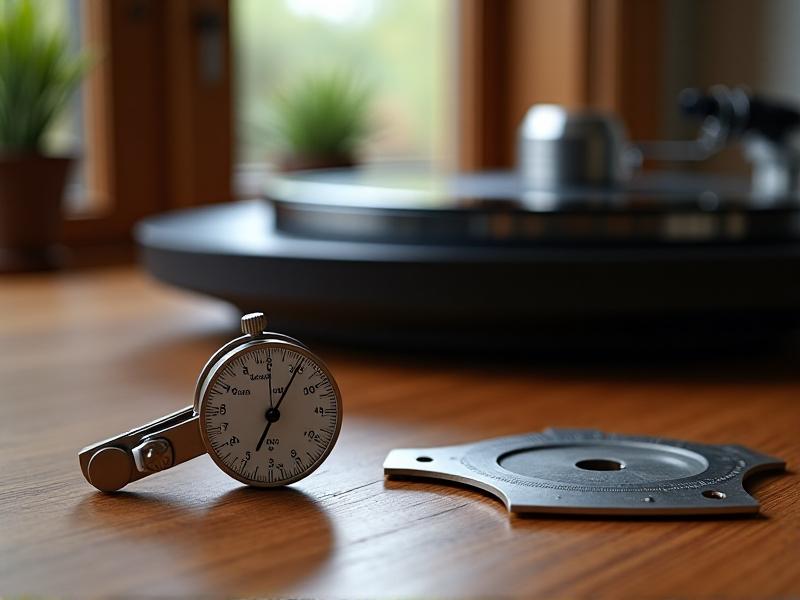
Begin by balancing the tonearm. Set the anti-skate dial to zero and adjust the counterweight until the arm floats parallel to the platter. Next, apply the recommended tracking force using the counterweight’s graduated scale. With the tracking force set, match the anti-skate dial to this value—a common starting point for many cartridges. Play a test record with anti-skate calibration tracks, typically featuring a blank groove or steady sine wave. Observe the tonearm’s behavior: if it drifts inward or outward, adjust the anti-skate dial incrementally until the arm remains stationary.
Advanced methods involve using oscilloscope patterns or software to measure channel balance. For example, a mono test record can reveal anti-skate errors if the left and right channels diverge. Fine-tune the dial until the waveform appears symmetrical. Remember, ambient temperature and humidity can affect turntable mechanics, so periodic recalibration is advisable, especially in environments with fluctuating conditions.
Common Mistakes and How to Avoid Them
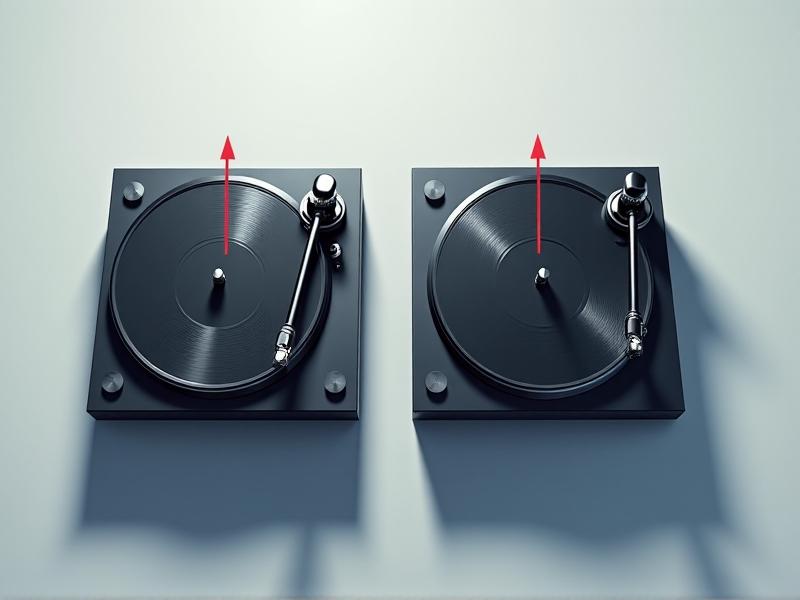
One frequent error is ignoring manufacturer guidelines. Cartridge specs often include ideal tracking force and anti-skate ranges—deviating too far can void warranties or harm performance. Another pitfall is relying solely on visual cues without auditory feedback. Always use test records or software to verify adjustments by ear. Additionally, avoid “set-and-forget” mentalities; even minor changes in setup, like replacing a cartridge, demand recalibration.
Overcomplicating the process is another misstep. While advanced tools can refine calibration, basic methods often suffice for casual listeners. Start simple, verify with listening tests, and incrementally incorporate technical tools as needed. Finally, neglecting tonearm azimuth or vertical tracking angle can undermine anti-skate efforts. Ensure all components are aligned holistically for consistent results.
Advanced Techniques for Audiophiles
For enthusiasts seeking perfection, specialized tools elevate calibration. Laser alignment devices measure tonearm movement with microscopic precision, while USB oscilloscopes analyze real-time channel balance. Dual-tonearm turntables allow A/B testing between anti-skate settings, revealing subtle differences in soundstage and detail retrieval. Experimenting with dynamic anti-skate systems—which adjust resistance based on tonearm position—can also yield improvements, particularly for records with extreme dynamic range.
Some audiophiles customize weights or springs to achieve non-linear anti-skate curves, better matching their cartridge’s compliance. This requires technical expertise but can resolve issues that standard dials cannot. Collaborative forums and vinyl-focused engineering communities often share blueprints for DIY solutions, from 3D-printed adjusters to magnetic mods. Remember, though, that subjective listening should always guide technical adjustments; measurements inform, but the ear decides.
Tools and Accessories for Precision Calibration
Essential tools include a digital stylus force gauge for accurate tracking force measurement and a mirrored alignment protractor to ensure precise cartridge positioning. Anti-skate test records, like the Hi-Fi News or Shure Tracks LPs, provide reliable reference tones. For tech-savvy users, mobile apps like Turntable Lab’s calibration suite offer portable oscilloscopes and frequency analyzers. Upgraded counterweights with finer graduations or magnetic anti-skate add-ons can also enhance control for delicate adjustments.
Investing in a vibration-isolated platform or a precision spirit level ensures external factors don’t sabotage calibration efforts. For vintage turntables, sourcing original factory jigs or service manuals can provide model-specific guidance. While high-end tools can be costly, even budget-friendly options like printable protractors and smartphone apps significantly improve over guesswork. The key is pairing the right tools with patience and methodical experimentation.
